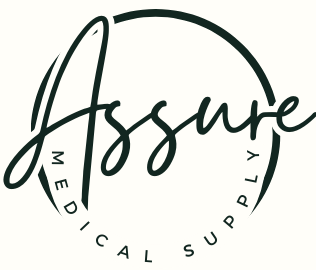
To maintain a steady milk supply upon your return to work, it is important to express milk from your breasts throughout the workday. Let's talk about the ideal pumping schedule and strategies to maintain and enhance milk production while at work.
*The term "let-down" is frequently mentioned in the article. It refers to the release of breast milk from the glands down to the ducts, related to the volume of milk being produced.
What is the best pumping schedule for working moms?
It is important to express milk multiple times throughout the workday.
-Follow your baby's feeding routine: Following a schedule similar to your baby's feeding routine is typically effective; for most individuals, this involves pumping 2-3 times during an 8-hour work shift. A typical pumping schedule may include sessions in the mid-morning, at lunchtime, and in the mid-afternoon.
-Make Time to Pump: One of the biggest reasons why milk supply decreases while pumping over time is because sometimes, it is easy to forget to pump and/or delay pumping time because you're busy. Keep in mind that can result in a decreased milk supply over time.
What is the best time to pump breast milk?
Did You know? Research shows that the peak of milk production occurs during the early morning hours when hormones are at its highest, typically between 2 and 5 AM. On the other hand, hormone levels tend to be at their lowest in the late afternoon and early evening. This means the best time to pump or breastfeed your baby is in the morning before work, will result in the maximum quantity of milk produced throughout the day.
How to increase my milk supply when pumping
Some individuals may experience difficulties with let-down while using a pump, resulting in only small drops of milk rather than a steady flow. This can negatively affect milk production, especially when pumping sessions are constrained by time.
If you encounter this issue, consider implementing the following strategies to improve or speed up the let-down reflex:
- Massage: Gently massaging the breasts or lightly tugging and rolling the nipples between your fingers, ensuring that this is done without force or discomfort.
- Photograph: Viewing a picture of your baby.
- Distraction-free: Pumping in a calm, quiet environment free from distractions. Finding the right location for pumping can be a challenge, especially for individuals lacking access to a private office. A quiet environment is important, as distractions can delay the let-down reflex.
- If finding a private space is an issue, it is recommended to talk to your employer about the importance for a private area. Since 2010, laws in the U.S mandate that employers provide both time and a private space for breastfeeding employees to pump for up to one year following childbirth.
- Music Therapy: Listening to soothing music can promote relaxation, thereby enhancing the milk ejection reflex. Studies have shown moms who engage music therapy can produce as much as 46% more than moms who do not engage in music therapy. This may include the sounds of a waterfall, rainfall, forest, or any other sounds that you consider calming and relaxing.
- Posture: The ideal position for pumping is one that allows you to feel relaxed. Comfort is vital for the release of oxytocin, which triggers the let-down reflex. Find a location that provides good support for your back and arms, making sure you do not feel tense or restricted.
Check out our selection of breast pumps and accessories available to meet your requirements.
Author: Sen Vo, BSN, RN, AMB-BC, CLC
References:
Enger, L., Hurst, N.M. (2023). Patient education: Pumping breast milk (Beyond the Basics). Riverwoods, IL: UptoDate.
Cleveland Clinic (2023). What To Know About the Breastfeeding Let-Down. Cleveland, OH: Cleveland Clinic.
Nguyen, H., Aduna, S. (2020). Effect of Music Therapy On Relaxation and Breastfeeding Anxiety. Amsterdam, Netherlands: Elsevier Inc.
Sakinah, S., Pamungkasari, E. P., & Prasetya, H. (2023). Do Massage and Relaxation Music Therapy Increase Breast Milk Volume? A Meta-Analysis. Journal of Maternal and Child Health, 8(1), 33–47. https://doi.org/10.26911/thejmch.2023.08.01.04
